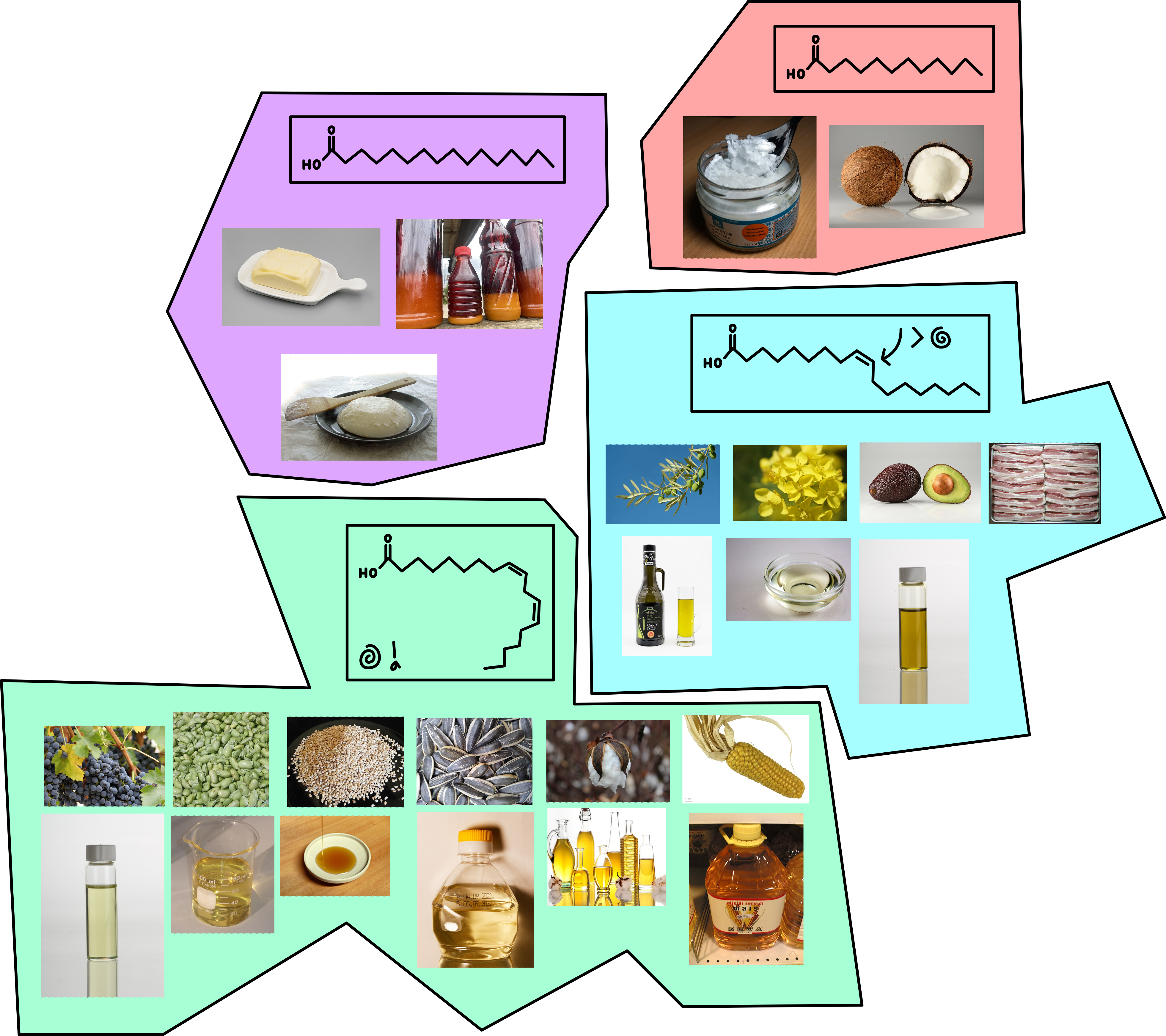These are the primary oil compounds in different household cooking fats! Read my toki pona article on the chemistry of fat to learn more!

home | toki pona taso | essays | stories | weasel | resources | stuff I like | about | linjamanka | give | linguistics | tok pisin
Hi this is my silly little website. See my about page for more info about me. Enjoy some silly little things here.
click on the button to reveal the picture!